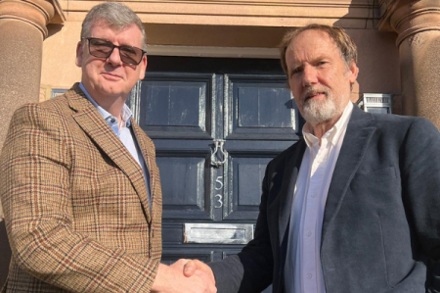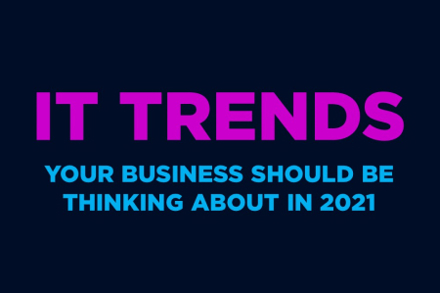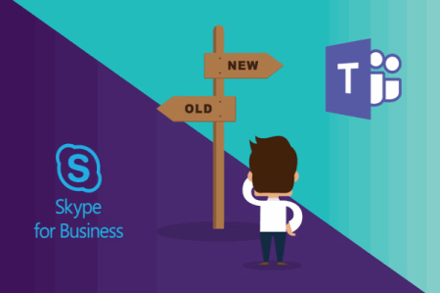Broadband; we all have it, we all use it, but do we all understand it?
It was the IT kid of the 1990s and since then, broadband internet has become a staple service throughout UK homes. In fact, according to Statista, the number of fixed broadband connections in the UK in 2017 was a whopping 26 million and broadband penetration is at approximately 81%.
In short, broadband is here to stay and homeowners and businesses alike continue to rely on it more and more for support with everyday tasks. Whether that’s googling the pub quiz answers, binge watching Netflix, sending emails, getting lost in YouTube wormholes, downloading important files, uploading your holiday pictures to social media…frankly what on earth did we do before broadband?
Well, we’re not tackling that particular question today, but we will be at least trying to tackle our first question, do we all understand broadband as well as we should, given it’s such a big part of our lives?
In our experience as IT experts, we tend to find that many people just don’t understand the jargon around broadband, and who can blame them, it’s a bit of a minefield. So, to try and at least shed some light on the mystery of broadband, here is our glossary of key terms and what better way to start than with the word ‘broadband’ itself!
Broadband – this refers to a high-speed internet connection that is very distinct from the dial up internet connections of old (incidentally know as narrowband) which had a top speed of just 56Kb. The term broadband is independent of the type of technology used to supply the internet connection itself. Within the wide scope of the term broadband, there are now some more specific terms to define particular kinds of broadband connection. These are:
Basic Broadband – an internet service capable of up to 24Mbps, delivered via high speed cabling, satellite and wireless connections.
Superfast Broadband – an internet service over 24Mbps and typically it is delivered over a Fibre-to-the-Cabinet, or FTTC connection as it is also known.
Ultra-fast Broadband – the refers to an broadband service capable of 100Mbps. It is typically delivered of Fibre-to-the-Home connections (FTTH).
Fibre-optic Broadband – this typic of broadband specifically uses the method of transferring data using pulses of light along fine glass fibre cabling. It’s typically faster than copper cabling, it can over large distances without compromising speed and it is less prone to interference.
Bandwidth – this describes the capacity of an internet connection.
Mbps – we’ve used this term a few times to highlight the different types of broadband available. It stands for ‘megabits per second’ and it is a measure of data transfer speed. As a general rule of thumb, the higher the number of Mbps, the faster the speed of the internet connection is. You can also measure data transfer speed in Gbps, short for gigabits per second. A gigabit is equivalent to 1,000 Mbps.
FTTC – often used for superfast broadband, Fibre-to-the-Cabinet installation uses exactly that, fibre optic cabling is laid to the cabinets and from there, older copper phone lines connect the broadband into the home. This type of installation is also sometimes known as ‘part-fibre’.
FTTH – (Fibre-to-the-Home) often used for ultra-fast broadband is sometimes also known as FTTP (Fibre-to-the-Premises) or full fibre broadband. In this type of installation, fibre optic cabling is laid to the cabinets, and then from the cabinets into the home or building. It does not use any copper cabling.
Sync-speed – this can also be known as ‘access line speed’ and it described the speed at which data is transferred from your exchange to your router.
Router – the router directs traffic on a network. Specifically, for broadband, the router usually includes a modem too so it also connects to the internet as well as providing networking in your property. Often routers are called hubs.
For even more definitions of key terms to help demystify broadband even further, we recommend heading to this glossary from Broadband Genie which is very extensive and very useful. In the meantime, if you’re interested in improving your networks and infrastructure, why not talk to our experts today?
Dynamic Insights & Advice

Dynamic Networks Group Continues Its Expansion
Dynamic Networks Group continues its expansion with the acquisition of Peak Support Services Ltd, a Derbyshire based Cloud MSP.

Dynamic Networks completes a Management Buyout and commences its acquisition strategy
David Smith (CEO) and Gareth Leece (COO) have successfully completed an MBO of Dynamic Networks, working with Paul Landsman of Kingland Capital. The MBO provides for a simplification of the Board structure to allow for its continued accelerated growth strategy.

10 reasons to archive your business emails in the cloud
For most organisations, email has become an essential part of daily workflow and communications. However, many businesses are unaware of the importance of archiving their emails and having an email retention strategy.

Planning a successful migration to the cloud
Moving to the cloud comes with multiple benefits. For most businesses, it usually means reducing running costs, faster modernisation capabilities and increased security.

2021 IT trends your business should be thinking about
Here are our top IT trends and predictions your business should be thinking about now to prepare for 2021.

The end of Skype for Business is closer than you think...
Microsoft have recently announced that Skype for Business Online will be retiring on July 31, 2021.


